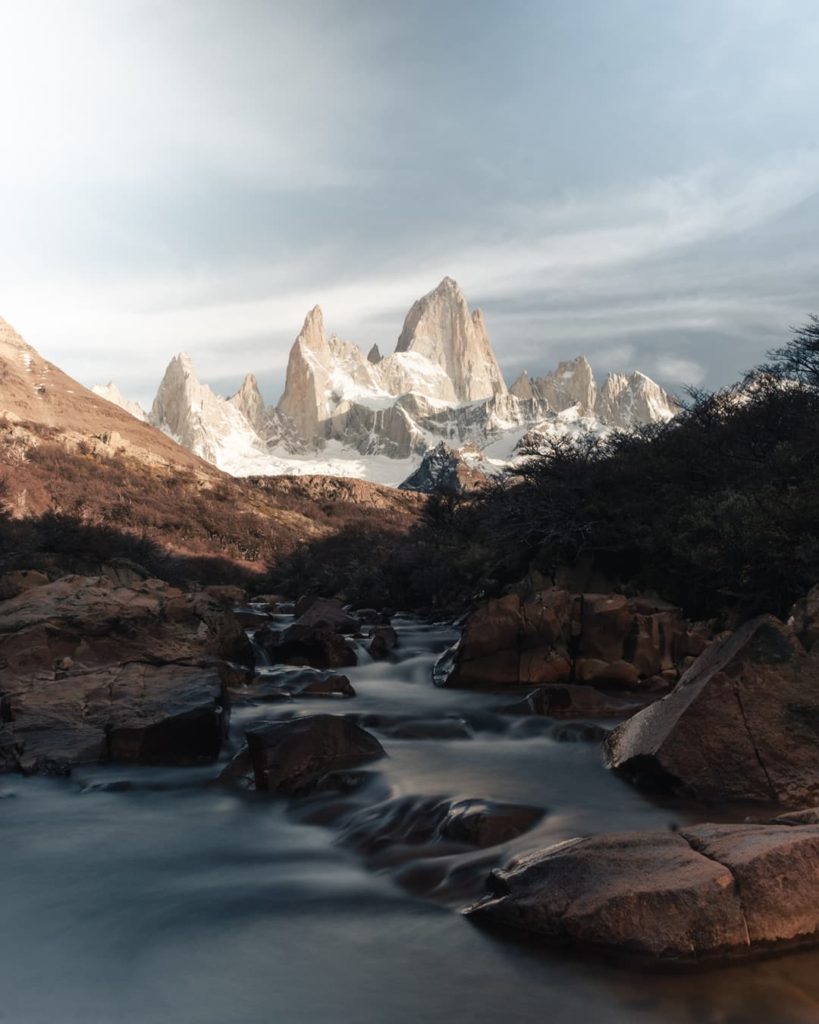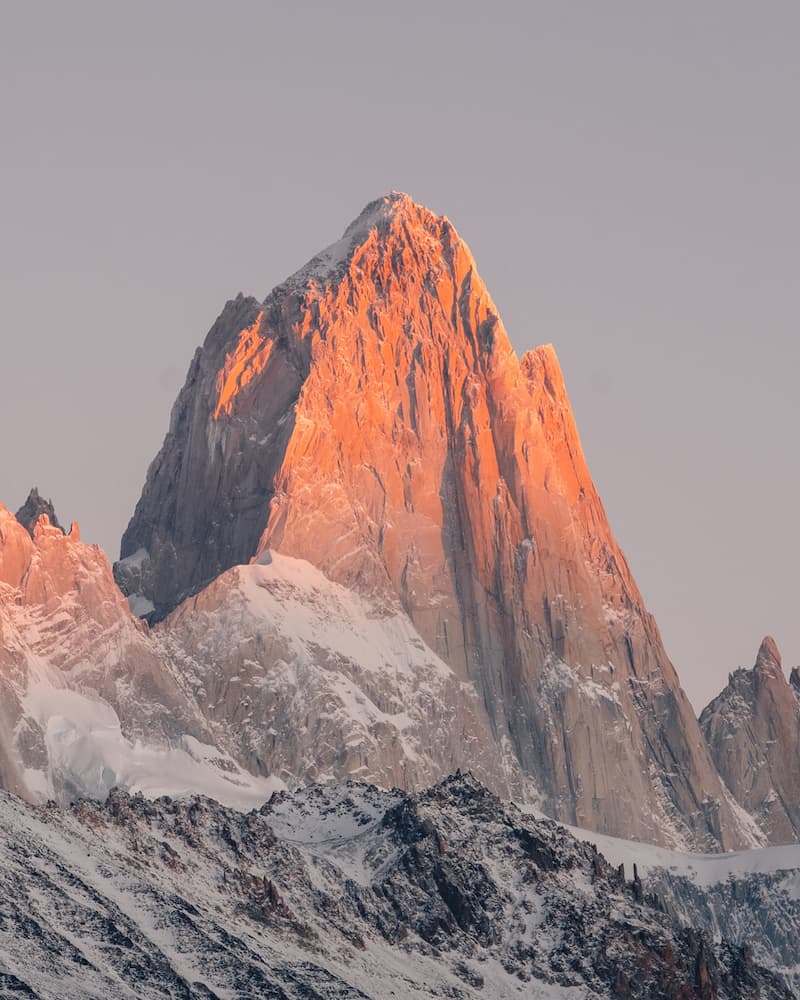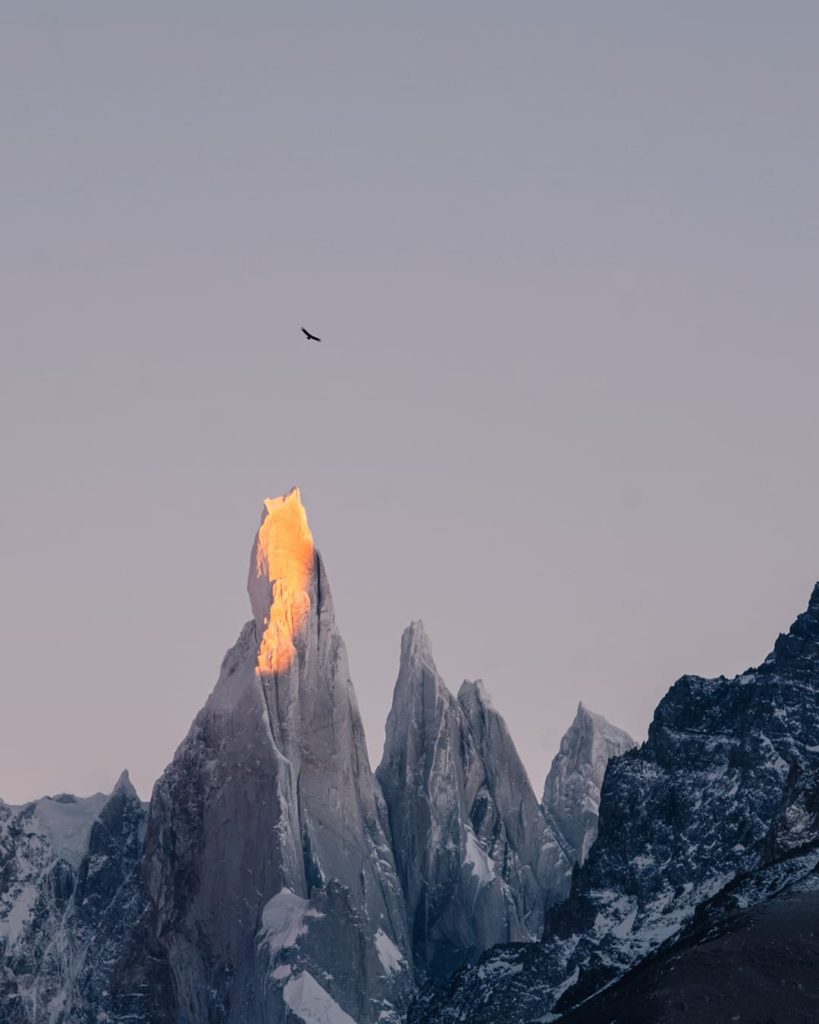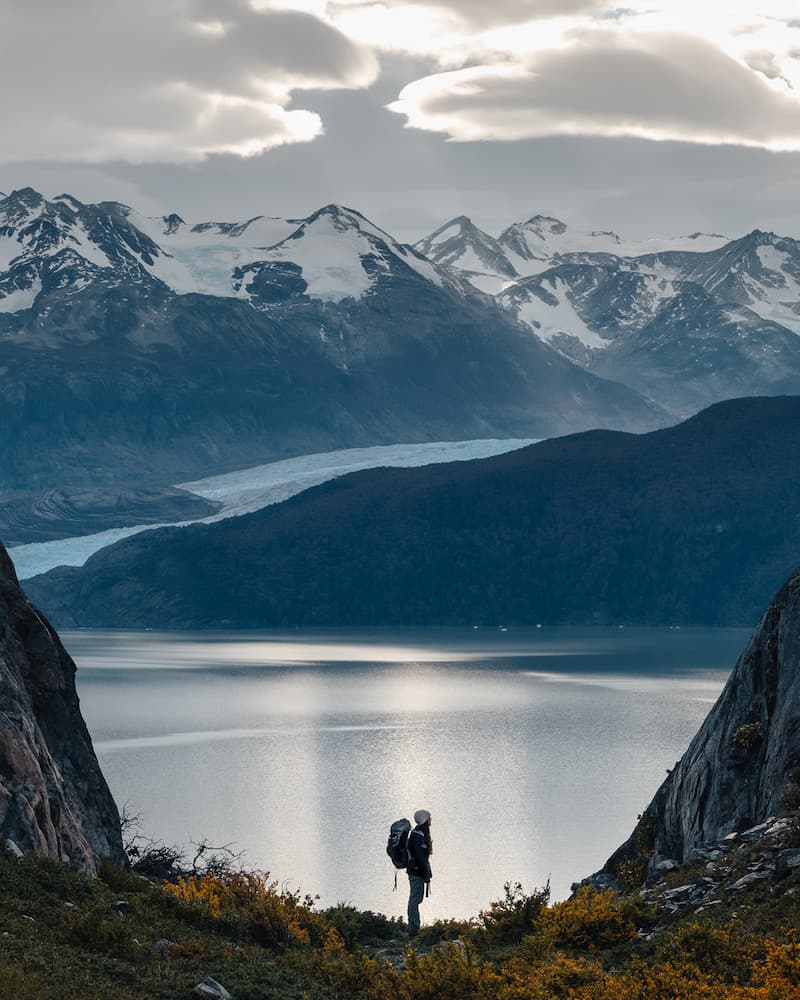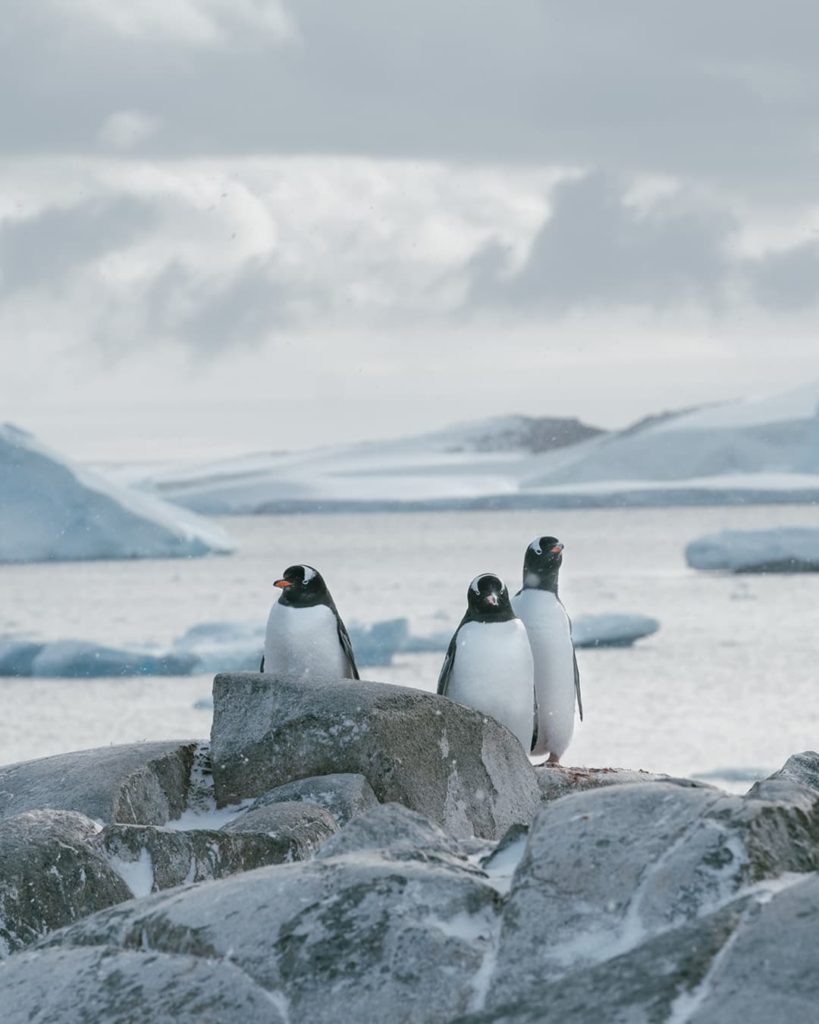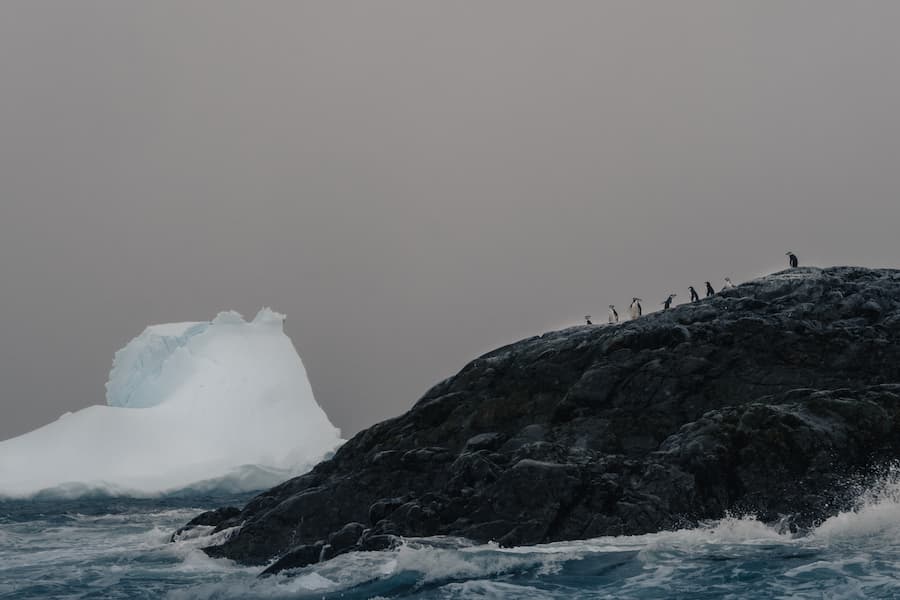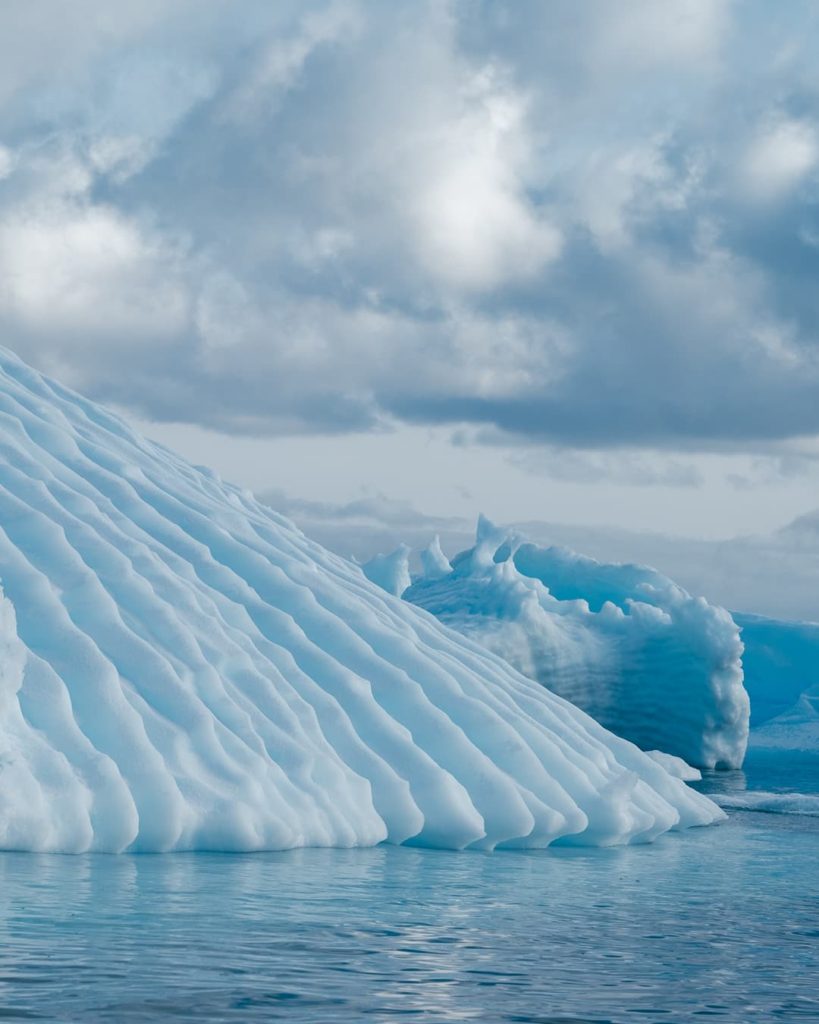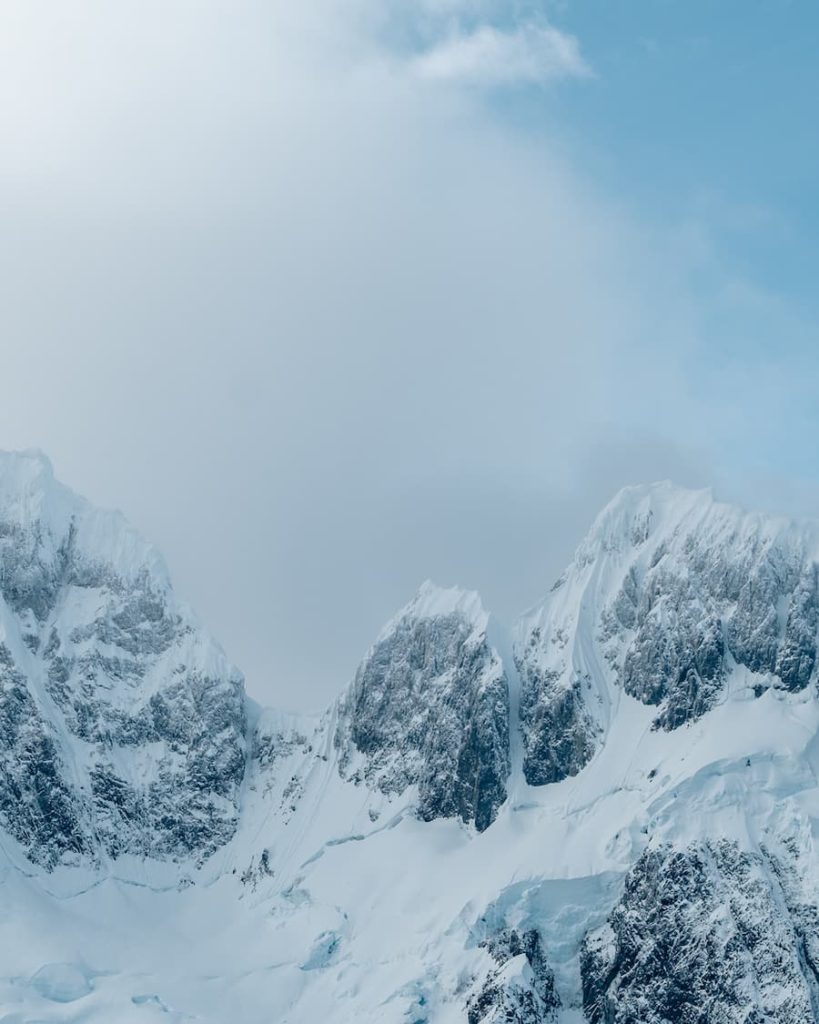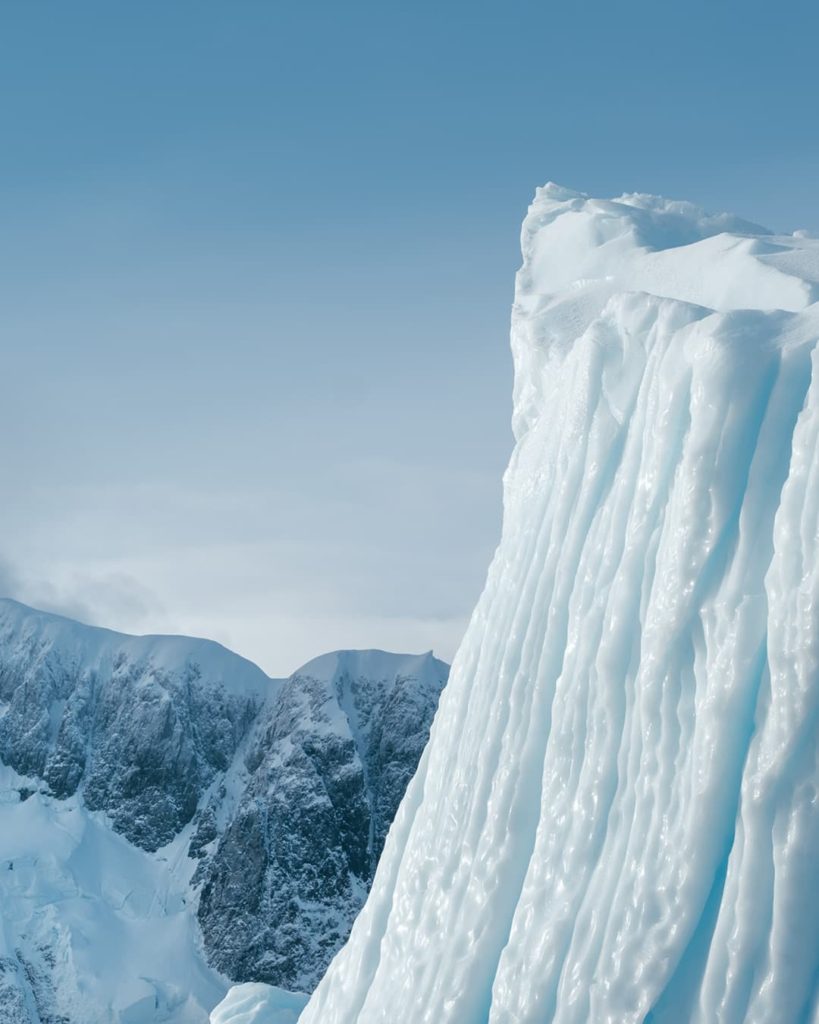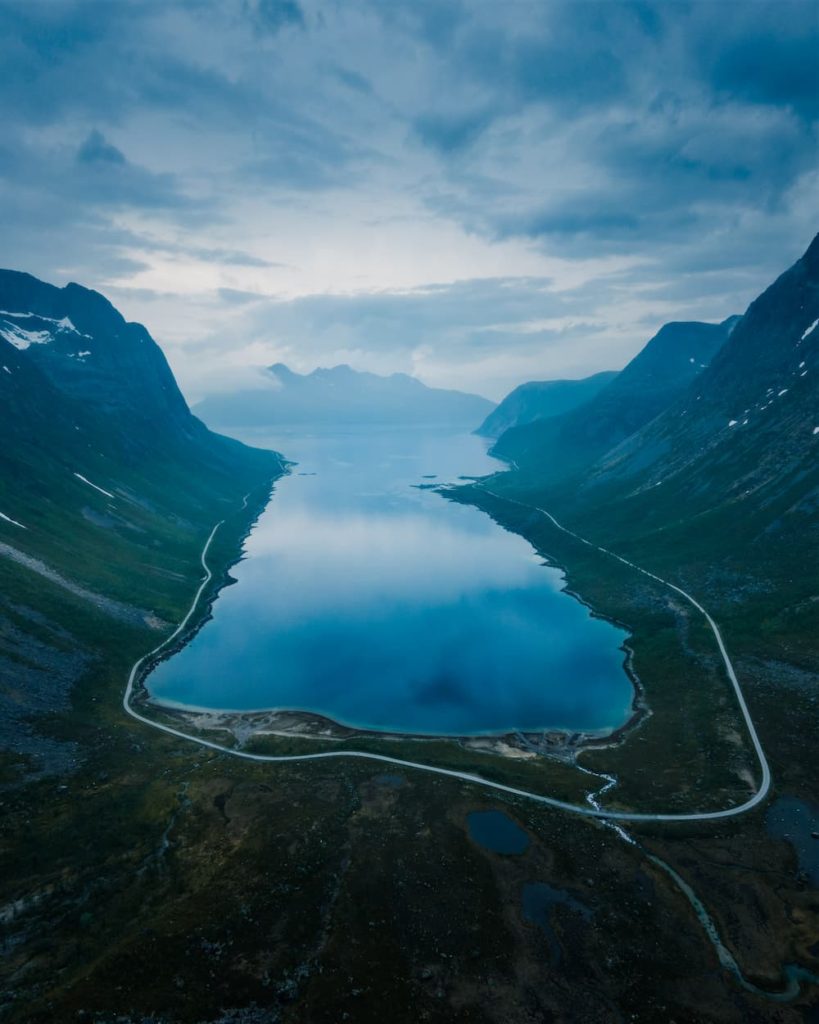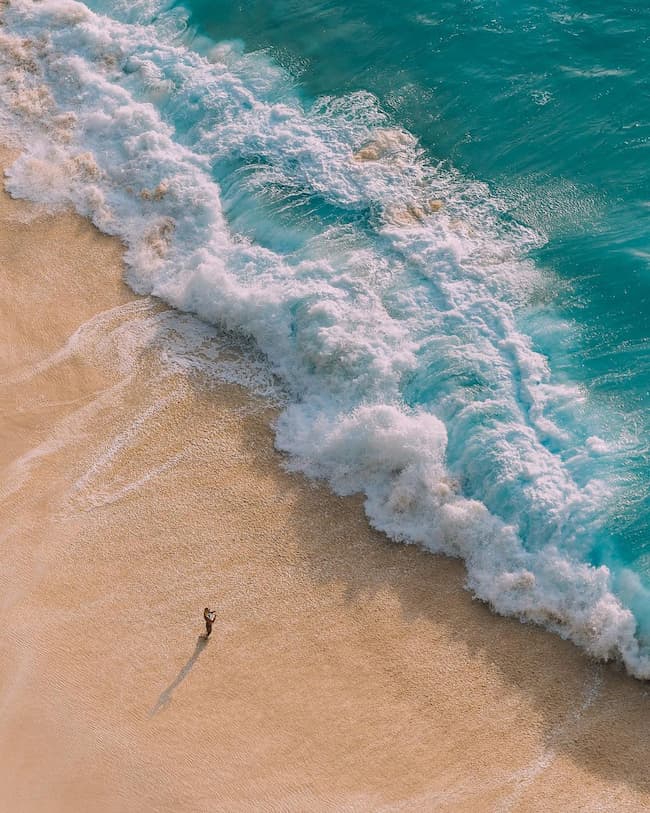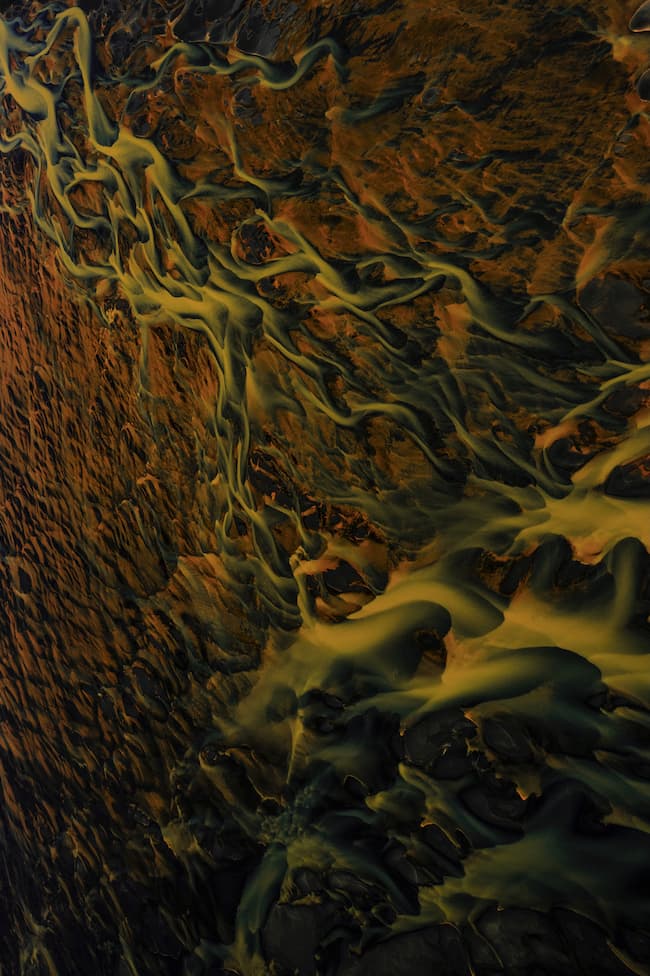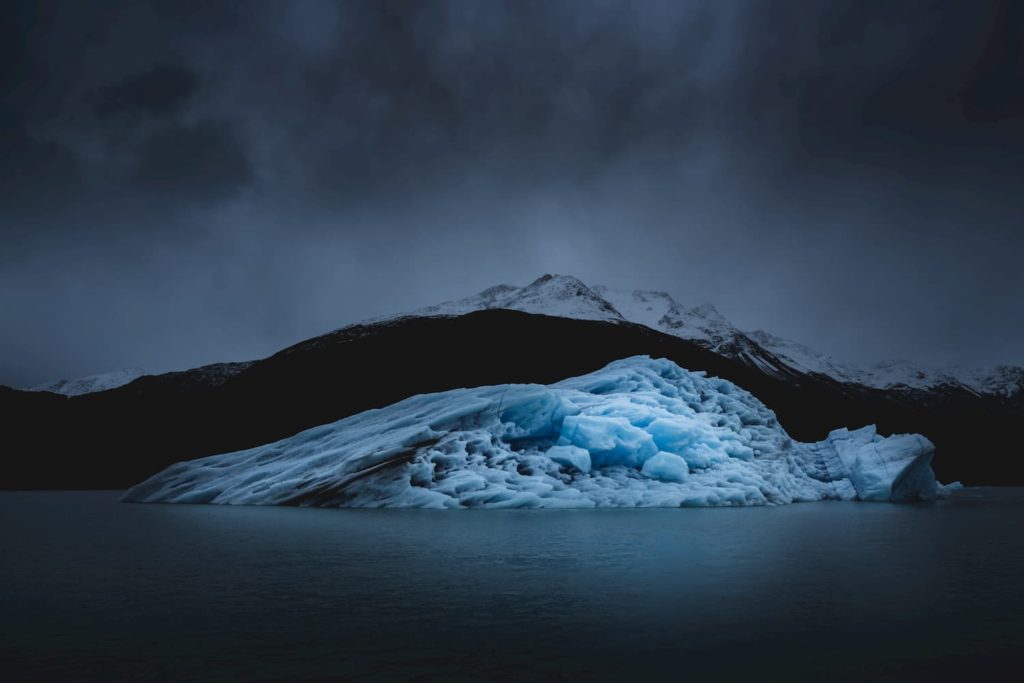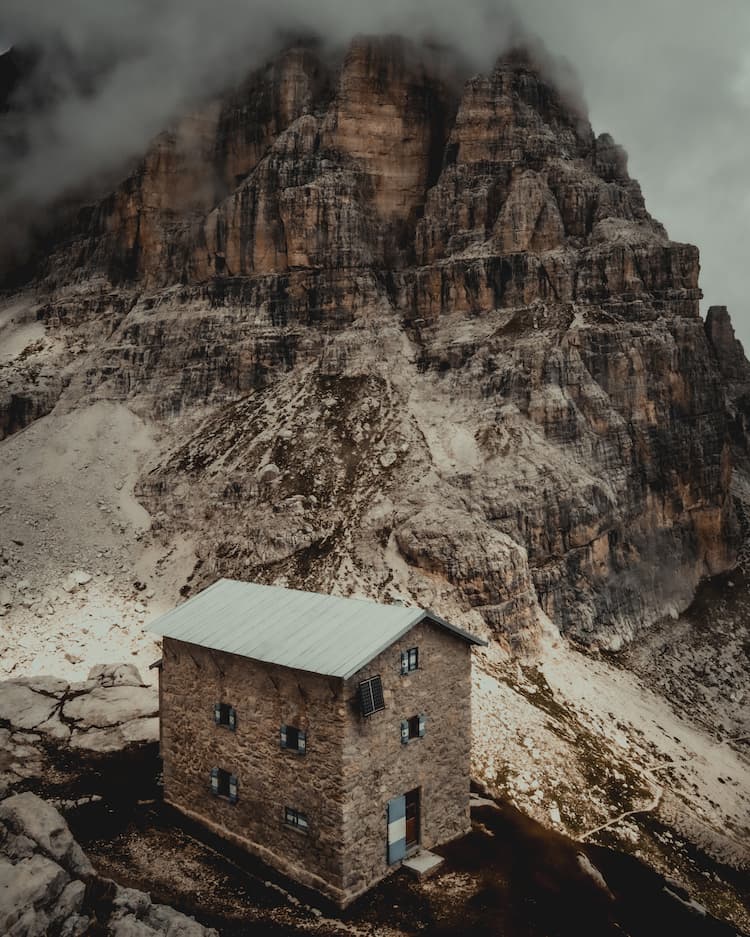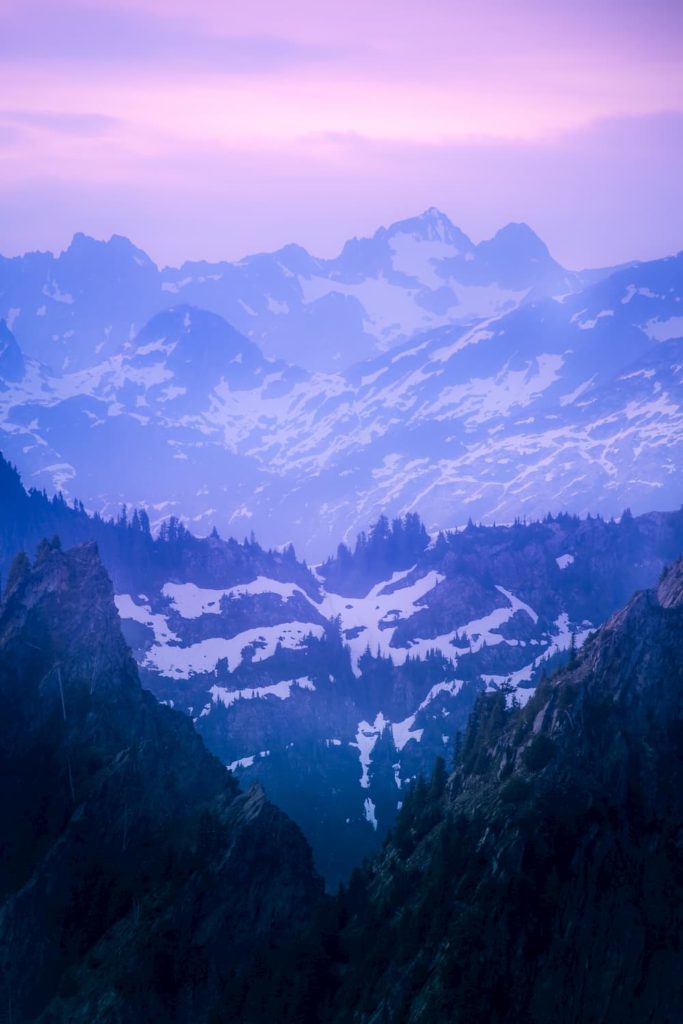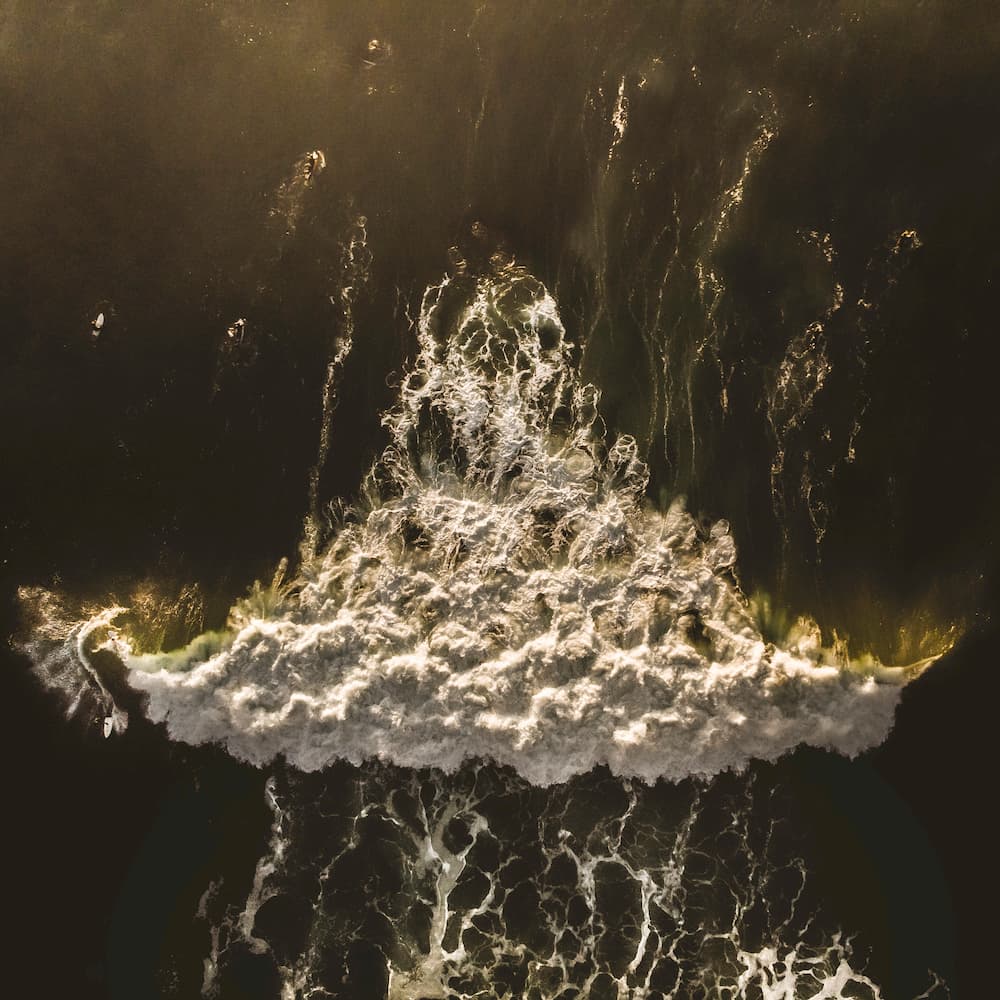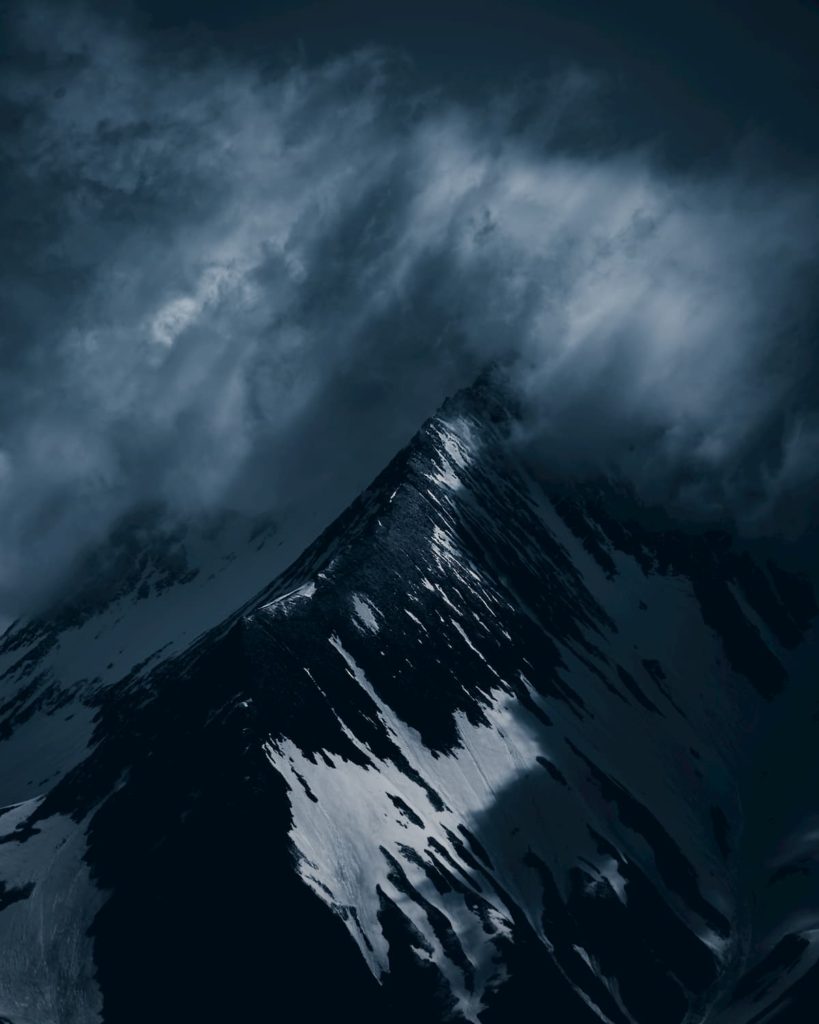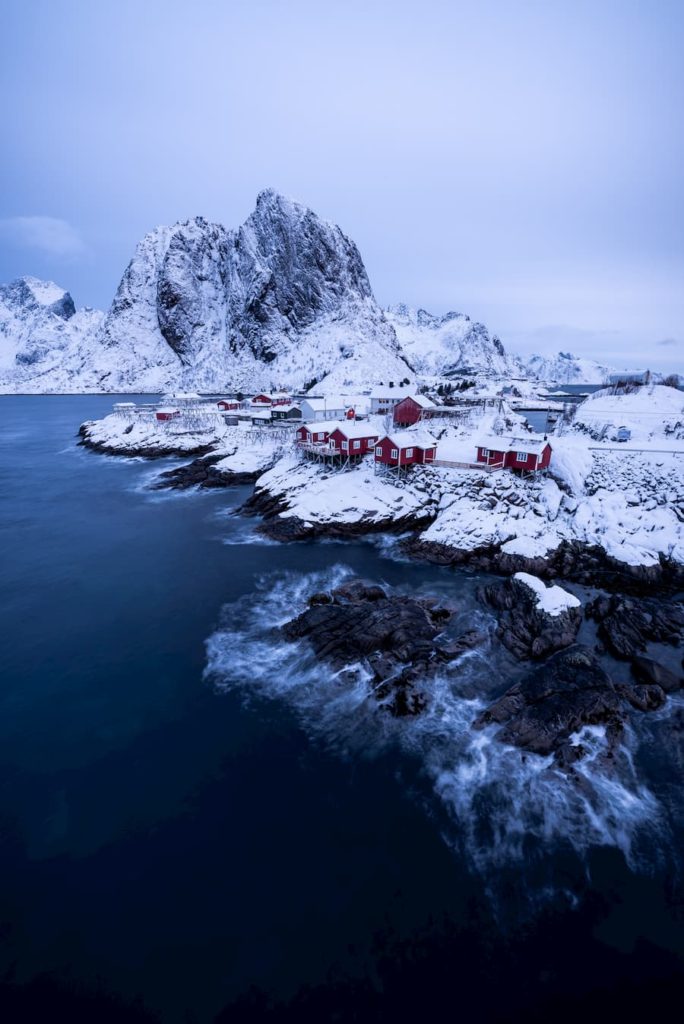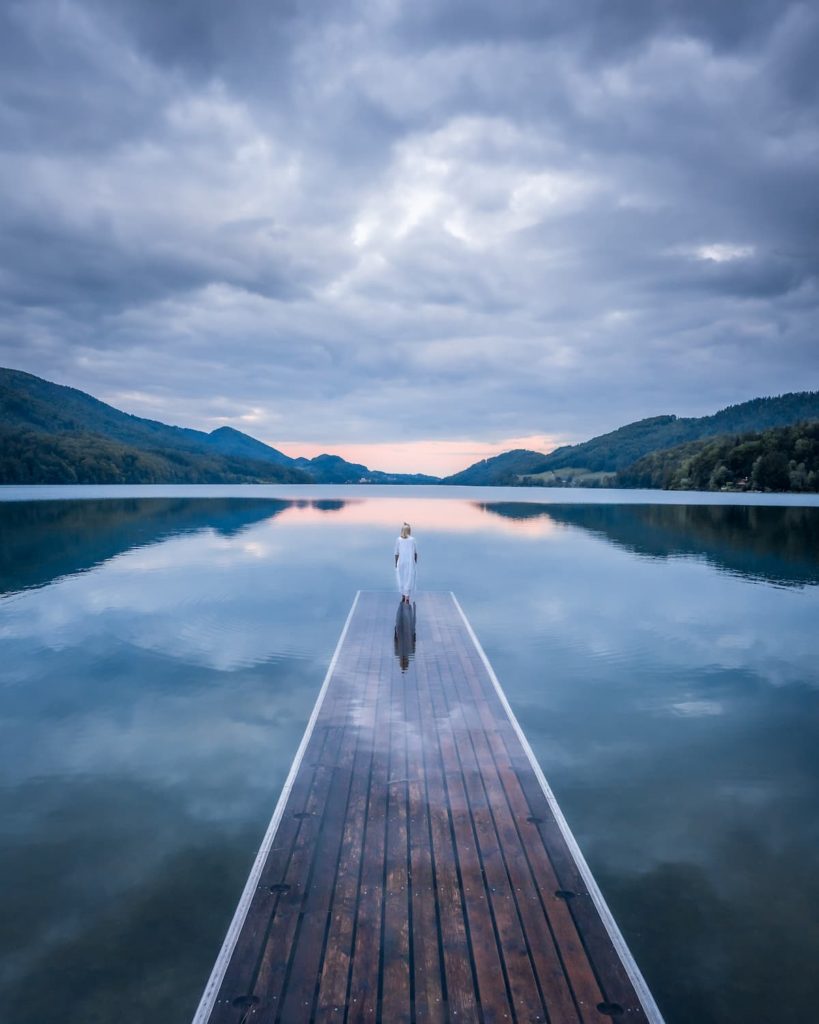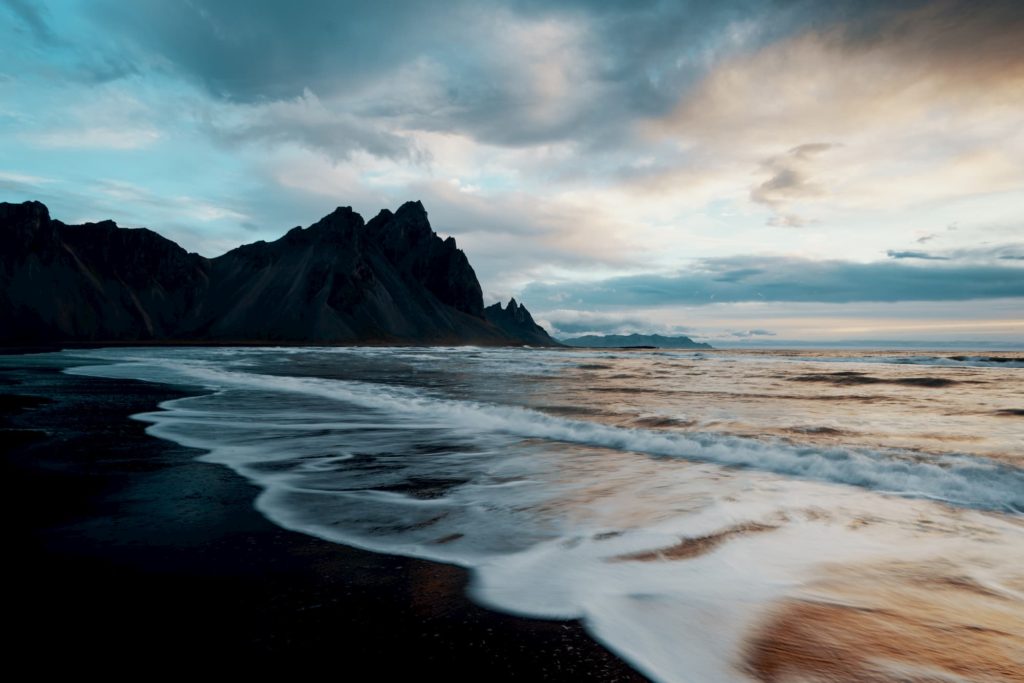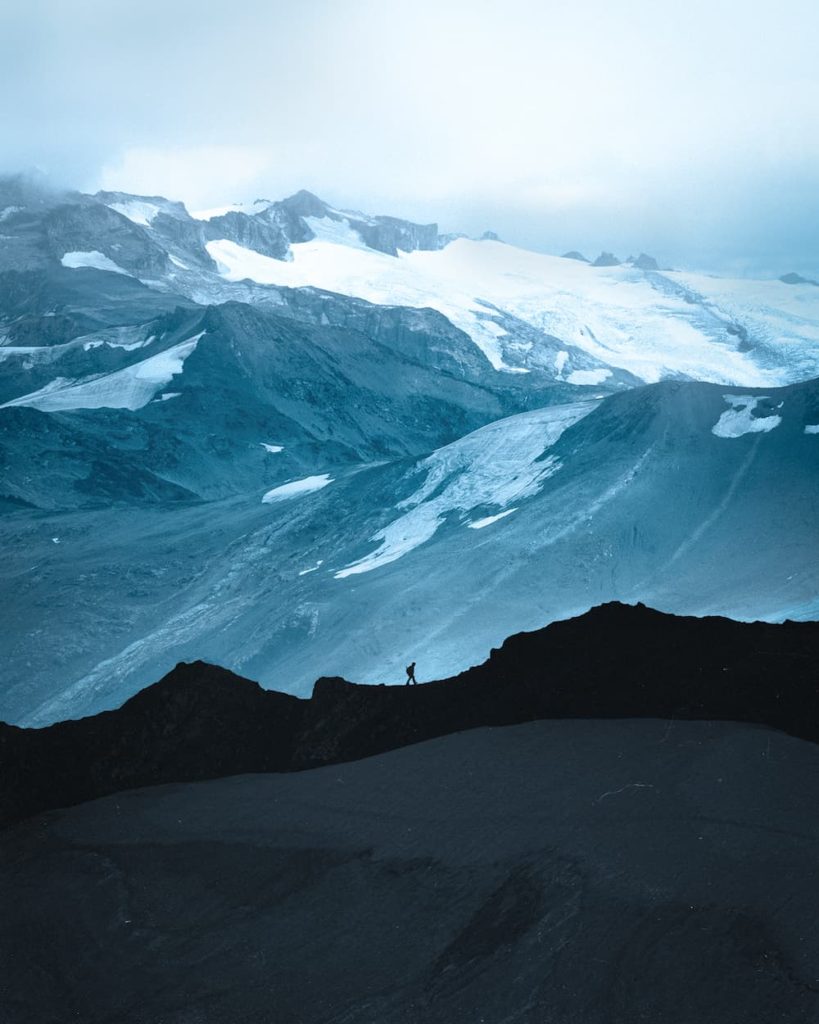
Beatrice Vu
@bea.ventures
Winner ColorPro Film Festival
About Bea Ventures, Slow Traveling and the Winning Video
Slow traveling is as simple as a lifestyle where you feel good in your mind and body. The only addition is the fact that it includes traveling. However, it is different from traditional “travel”, where reaching a bucket list destination and capturing quick shots for a few days or weeks is the goal. Instead, you stay in a country for a minimum of two months and put more intention in the footprints and captures. By doing so, you take the time to delve into the culture, create authentic connections with the people you meet, and let curiosity and the unknown guide you in your adventures.
"Obviously, to achieve this lifestyle, it is a necessity to earn an income while traveling. This is where the concept of “slowmad” comes in."
Similar to the well-known digital nomad, a slowmad can be defined as well as a remote worker, someone with any kind of online job that generates an income. This concept also means that you are consciously traveling meaning you want to give back to the community and nature. The slight difference is the amount of time spent in every location – a digital nomad generally changes destination quickly within 3 weeks while a slowmad moves slower and with intention to stay a minimum of two months before switching locations. Therefore, you can travel without an expiration date.
To make such a lifestyle possible, choosing the location and doing some research is essential, both for practical reasons and for personal ones. As someone that grew up in Quebec, Canada, I really enjoy cold weather. It’s probably also the reason why the mountains are where I feel the freest. Although, I do like to spend time near the ocean to slow down. With that said, a good internet connection is a decisive factor for me to go or not to go somewhere since I do need to be able to work remotely properly. I like to look at the location and the reviews on the Internet: blogs and airbnb. I would book it for a few days to check out the area to see if it is a place I can base myself for the next month or so. I also like to check if there are cafes and coworking spaces nearby to work.
Other practical things I make sure to take care of are my insurance and taxes. As for insurance, the best one I have found is Safetywings, which is 40$/month and covers everything I need. Then, since I have expensive gear for graphic design and visual content, I have additional insurance from Canada that covers the full value of my cameras, laptop, and all electronic devices. One thing that changed my life is BackBlaze, which allows me to backup all my files with unlimited storage online. With that peace of mind, I’m not too worried to travel around in difficult weather with my gear knowing all my work is secured.
I do come back to my hometown Québec every year to see family and friends. During that time, I also take advantage to do taxes and any other adult requirements. For me 6 months away and 6 months back at my home base is a good balance between traveling, reflecting and catching up with friends.
"From my observation, when people travel, their routine from home and everything else is mostly paused, I am on track with everything because, for me, traveling is not so much of a holiday."
Having a routine has been key for me over the past few years. As someone that did not fit in the normalized stressful lifestyle and 9-5 timetable, I found that the best way to stay organized and not be too distracted by the outdoors calling me, is to start my day with meditation, exercise, and a healthy breakfast. Then, every morning, I make an update of my to-do list limiting what I need to accomplish with a maximum of 1-2 big tasks. I also make sure to schedule time off during my least focused period of the day (note that this varies for everyone, on my side, it is usually between 12h30-14h00). Since I make my own schedule, I usually plan my activities in the middle of the day when most people are working and where the trails are empty.
"Meditation is an integrated part of my routine because it allows me to reflect on my thoughts more deeply."
For example, if I have an issue I need to take care of, I would let it sink and meditate on it before taking action. I believe impulsive decisions are never the best and most of the time, you communicate or act in a certain way you don’t feel good about.
Then, with mindfulness, I like to exercise every day to spend my extra energy and be able to work and focus. Let me share with you some tips that have helped me boost my creative work:
– Open-minded, no judgment, curiosity to learn
– Patience, no rush
– Trust yourself and your feelings
– Be humble, let your actions speak
– Log in social media to post, not to scroll. Use inspiration to be creative, not copy other’s people work. Think differently.
– No expectations, let go and embrace the unknown
These have been crucial to my creative process because they allow me to work in a calm headspace. To feel good and prioritize myself first before helping other people. One thing I have to say to people just starting with meditation is to not be too hard on themselves and start small.
"For example, take 10 minutes a day for the next 2 months until you are familiar with the process, before asking more from yourself."
Local communities have played a beautiful role in my vision of life too. They taught me how to appreciate what I have right now. To appreciate the little things and that all of our first world’s problems are really not that important. Over the past years, they showed me that you don’t need much to be happy and to give without any expectations in return. To be simple, and open-minded to other people’s opinions.
My vision and approach to life are also largely guided and influenced by climate change and the environment. I want to take care of the world and spread awareness. My photography is the tool to do so. I recently went on an expedition to Antarctica to learn more about the impacts of climate change with other activists in Ushuaïa and Antarctica. It was fully funded through sponsorships that appear in my short video:
The most surprising thing during the expedition is the fact that we encountered rain during the drake passage and when we learned that penguin colonies have been disturbed because of our actions. During the expedition, we all became more eco-literate and got to learn about many initiatives to reduce the suffering of our planet from different backgrounds. This was really inspiring because it shows that we do not need environmental studies to make a difference and every individual can help. On my side, my skill is to create impactful visuals and telling authentic stories.
"For this reason, my objective is to bring people closer to nature with my content."
I took my camera on the field every day of the expedition even if it was raining or if there was a strong wind. It made me very aware of my surroundings and selective of the image I wanted to create. Plus, I had to juggle between capturing images for various brands at the same time, which forced me to organize myself and helped me plan my shot lists.
"Out of all shots, taking images from the Zodiac of the unexpected wildlife was something really challenging."
After this trip, I have an even bigger respect for wildlife photographers. Also, in such low temperatures, changing lenses is very difficult and it challenged me to be creative with only using one lens per day.
Not to forget to mention, the first sunset after 2,5 days of navigating the drake passage was one of the best moments of my life. No words can express the feeling of gratitude I had and the “wow” moment that still shivers through my body when I think back.
I’m working on finishing my documentary on Conscious Travel filmed in Antarctica and Patagonia, but since it is a personal project, it will take some time. I do need to prioritize my client’s work first and I have some other personal projects I’d like to finish as well.
"I can’t wait to continue working on content that raises awareness and increases eco-literacy among all beautiful people in this fragile and magical world."
Beatrice Vu's Q & A - Winner ColorPro Film Festival
What made you participate in the contest?
Alex and I just finished our version of the W trek in Torres Del Paine and sat down for two days to watch our footage. We quickly realized we might need a reshoot because we were missing captures of people we met. Then we saw a video from Sam Newton and a contest with ColorPro. We thought this was it. We might not be able to create the documentary yet, but instead, we can give a glimpse of the experience of conscious traveling with the content we already have.
A few days later, our partner Jess, who joined us at the beginning of the trip, messaged us to create a trailer for our short film. Everyone seemed to have the same idea. Then, Sylvain joined as well.
How did you feel when you heard you won, and what do you think made your video a winning video?
I was not expecting this at all. The start of Patagonia was so mentally hectic that this project became something that was draining me: pressure from people, pressure to create something I’m proud of, and not just another travel video. Winning made me realize that it was a good decision to delay everything, sit down and take the time to create something with intention.
I believe we won because we combined the right skills to make that initial vision a reality. In this regard, my first shoutout goes to Alex. She was by my side from the beginning. She was the one that helped me capture the concepts that I had in mind and gave me the best advice and feedback.
Another shoutout to Jess. She joined us in Patagonia for the first phase of filming. She also helped me give words to the video and concise the final script for the short video.
My last shoutout goes to Sylvain. He joined us after the expedition for editing, coloring, and finalizing my first edit. He also made the visuals and tone a reality. We quickly became friends with our late calls working together and talking about random subjects.
How did you move from an idea in your mind to work out the final result? What steps help you to move forward in materializing the vision you have?
As someone that shaped the “slowmad” lifestyle for the past seven years, I had the vision to showcase another way of traveling and living. The challenging part was that I had never traveled with a crew that documents those genuine encounters and tells long-format stories. So based on experience, I crafted a storyline of what the adventure could look like mainly to help the brands visualize the idea. I then created a music data sheet to find the ambiance and tone for the short film.
What helps you decide which image/video transitions will fit well together?
Alex and I took the time to select which footage had the most potential to make it to the final documentary. Then I drafted a storyline in premiere pro with ideas to help me visualize which clips to choose. But first, the choice of the music and the finale script was the priority before editing and making a final choice of the images. These were the key elements for photo and video selection.
What methodology was helpful between you and your team to create the final result? How did you work together as a team?
We had an internal team issue that affected the dynamic of the crew. This issue turned into a snowball effect, but in the end, we managed to create something meaningful, and worth sharing. We made mistakes, but they were all valuable lessons that taught us a lot.
Besides this incident, I believe the trust and faith we had in each other and the shared passion for conscious travels were the keys to our success. Each had a role during the creation of the short video and nailed it with the short period we had.
How did you go about the storyline/the text? And did you match the storyline with the video or the other way around?
I wanted the storyline and text to be as authentic as possible with the experience I got living in Antarctica and Patagonia, which is why I was intentional about what was going to be part of the video. I first draft the emotions I felt and the entire experience, then concise a shorter version that can fit in a minute version. Then, knowing my teammate Jess is better than me in English and words, we combined our ideas and skill to create the winning script.
How did you evaluate the result before submitting it?
We were in a big rush when submitting because we ran into internet issues (the perks of being a slow nomad and exploring remote areas sometimes), which led me to leave Patagonia and cross the borders to Chile for a better connection to transfer the footage to Sylvain. The following was the workflow:
1) I created the first version on Premiere Pro with some color grading, added the music and tempo I liked, and put the best clips together.
2) I sent the review to the girls for feedback.
3) I sent the video to Sylvain for the final touch and magic sauce. He was the most skilled to put everything together.
4) I and Sylvain went back and forth on calls until we were happy and then the girls gave us their final feedback.
Would you like content like this sent to your inbox?
NOMADICT
ART GALLERY
THE LATEST STORIES
WRITEN WITH PASSION TO INSPIRE YOU
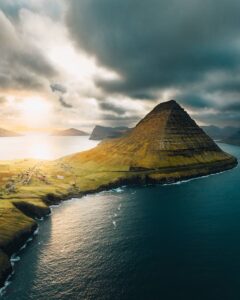
Photo tour in the Faroe Islands
Join us in the Faroe Islands for a unique photo tour, where you’ll elevate your creative skills with expert guidance from Ronald Soethje and Nomadict.

Photo tour in Azores, Portugal
Join us in the Azores for a unique photo tour, where you’ll elevate your creative skills with expert guidance from Ronald Soethje, Bruno Ázera, and Nomadict.

Forest Kai (@forest1kai): Photographer based in the US
In this article, Forest shares how years of chasing scale, silence, and raw landscapes shaped his approach to photography, from the deserts of Kazakhstan to the volcanic ridges of Iceland. He talks about how he uses light, texture, and vast negative space to create images that feel both intimate and overwhelming.

Simon Hechtbauer (@roamwithsimon): Best of the Week 32 at #nomadict
Simon shares the journey behind his photography, from early inspirations to field techniques, editing, and the story of the winning shot that shaped his path.

Miroslav Maršík (@miromarsik): Photographer based in Czech Republic
In this article, Miro shares how his love for cinematic music evolved into a deep passion for photography and how he uses light, color, and atmosphere to turn the streets of Prague into living film scenes.

Aurora photography panorama workflow: A guide to camera settings, editing, and color
In this article, Stefanie reveals how her background in physics sparked her passion for astrophotography and how she blends science with creativity to capture the beauty of the night sky. Readers will discover her approach to color, contrast, and editing, as well as her aurora photography workflow.

Yhabril (@yhabril): Best of the Week 33 at #nomadict
Spanish photographer Yhabril captures the profound connection between humans and the mountains that shaped him. Growing up in the Pyrenees, his work bridges outdoor sports, landscapes, and celestial scenes — often blending athletes, moonlight, and wilderness into striking visual stories.

Ariane Totzke (@besondersschwierig): Photographer based in Switzerland
In this article, Ariane shares how photography helped her navigate personal challenges, connect authentically with people and animals, and develop a philosophy rooted in empathy and artistic freedom. Readers will also discover her ethical approach to wildlife photography and her trusted equipment for both camouflage techniques and cameras.
